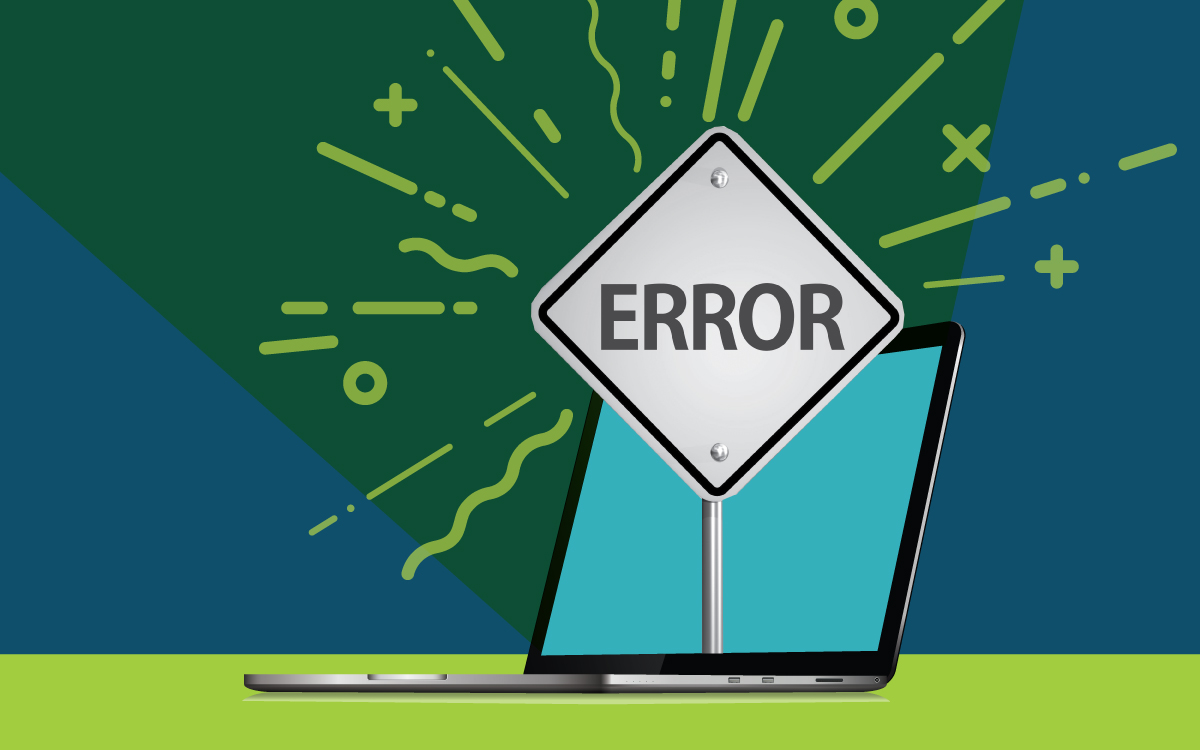
Today we continue our saga into good website practices with PRIME's Director of Digital Development and website guru Ben Fjare. And while this topic is a multifaceted one in which each facet is a critical part of a well-oiled machine, today's topic stands out especially. Perhaps that's because today's topic is one that anyone who has ever tried to whip up a website—from Wix to Wordpress—knows deep down: your site is never really finished.
In this episode of PRIME's Wheelhouse, we will look at reasons why this is true, and more importantly, what you need to do to make sure your website is always the best (for the moment). To make life easier, Ben broke things down into five bitesize chunks for a more straightforward understanding. Let's dig in.
Update to keep Your SEO Edge
We're starting off with arguably the most crucial reason as to why your website is never really done—SEO rankings. SEO, or Search Engine Optimization—is how Google ranks the zillions of websites, blogs, and articles on the internet for quality. It takes the highest-ranking pieces and displays them at the top of the list, or, as we're used to seeing things, on the first page of your search results (preferably near the top).
But what's that have to do with an unfinished website? "It's important to update content to maintain good search rankings constantly," Ben explains. When a site sits stagnant with no fresh edits, Google sees it as old, stale, and potentially outdated. And who are we to argue? Without continual updates that indicate to SEO's algorithm, you're still kicking, how can it know your content is still relevant.

Monitored SEO is good SEO
While we're on the topic of SEO, let's talk about SEO itself. Making small updates to show you've still got the blood flowing through your proverbial veins is great. But, just as crucial as the quantity of effort is the quality of your SEO. This refers to the many aspects of your site that Google's algorithm registers as valuable when ranking your website. It can mean a myriad of things. Your title tags, keywords, and the content itself should continuously be monitored for potential updates.
All of these things are fluid. A keyword that was helpful to you two years ago may be dead in the water today. Likewise, certain SEO practices Google prizes can eventually go out of date. For example, where Google used to put heavy emphasis on keyword volume, it now looks for a wide breadth of information on a particular topic cluster. "Your SEO should constantly be monitored," says Ben. Otherwise, Google may catch you resting on your laurels and doc you.
Testing, Testing, 1-2, 1-2
Our next reason has less to do with making sure your site is discoverable in the first place and geared toward making sure that your website is all that it can be. We're talking about the practice of A/B testing. "AB testing is important to make sure your site is functioning at its highest possible level." It sounds complicated and technical, but it's pretty straightforward and can be a game-changer on your website if you utilize it correctly.
A/B testing is essentially just like it sounds. It's the practice of weighing one thing against another, A, versus B. What's that look like in practice? For example, let's say you have a call to action on your website homepage that directs people to your contact page where they can book a meeting with you. How do you know what language works best? The best way to find out is through A/B testing.
Through your website builder, you can create two different home pages with two separate calls to action, each seen by 50% of your audience. This allows you to compare which call to action does better through analyzing which button gets more clicks. The more you do this, the tighter and tighter your website performance becomes. A/B testing should be a continual practice with your website, performed on a multitude of factors.
But be careful! Testing too many things at once can muddy your results. How will you know if your contact page getting more visits because you changed your CTA or your heading? Testing one thing at a time continually means you are continually shaping your messaging that doesn't resonate with your audience in exchange for a more fine-tuned message and a better website.

Keep Your Code Crisp
When it comes to keeping your website continually up to date, part of it goes deeper than surface level. We're talking about your website code, the backend language that supports your site. "Website code needs to be updated and optimized to match current technology." Like all other aspects of your site, it's essential to check in on your code and make sure it's still functional. This is because the code often gets updated, which can make older versions of the language outdated.
This is especially true of newer languages, and they will see lots of change and tweaks before settling into a pretty permanent state. If you're not watching your code to make sure it's always written with the latest and greatest changes, your website could suffer when it doesn't need to. Code can be a bit trickier than the front end of things and may require the help of an expert to ensure you're functioning at full capacity.
Engage Your users with Fresh Content
Last but certainly not least, you've got to update your website with user-centric experience continually! They always come first, and part of that means giving them fresh content they can look forward to. When you regularly update your website, you give your customers and potential customers a reason to come back repeatedly. "Active websites that are updated encourages users to visit more frequently," Ben explains.
For starters, continually updating your website indicates to visitors that your company is currently functioning. Nothing can make a user doubt a business quite like landing on a site whose blog page was last updated three years ago. Keeping your content fresh and showing that your business is alive and well builds trust and establishes you as a reliable resource.
Another benefit to continually updating your website is that if new content equals more visitors from each user, and more visits mean they are more likely to buy, you are pushing them further along the sales cycle. Customers need to be exposed to a company repeatedly before they feel like they can trust them enough to hand over their money. The more you can get fresh content on your site, the more you can keep them coming that back, and the closer you can get them to invest in your business.
That's this week's tip from the pros. Let us know if you need help with your never-ending website project. We can get the heavy lifting done for you, and keep the small stuff consistently flowing so you can focus on what you need to, rather than just your website. Contact PRIME today!


